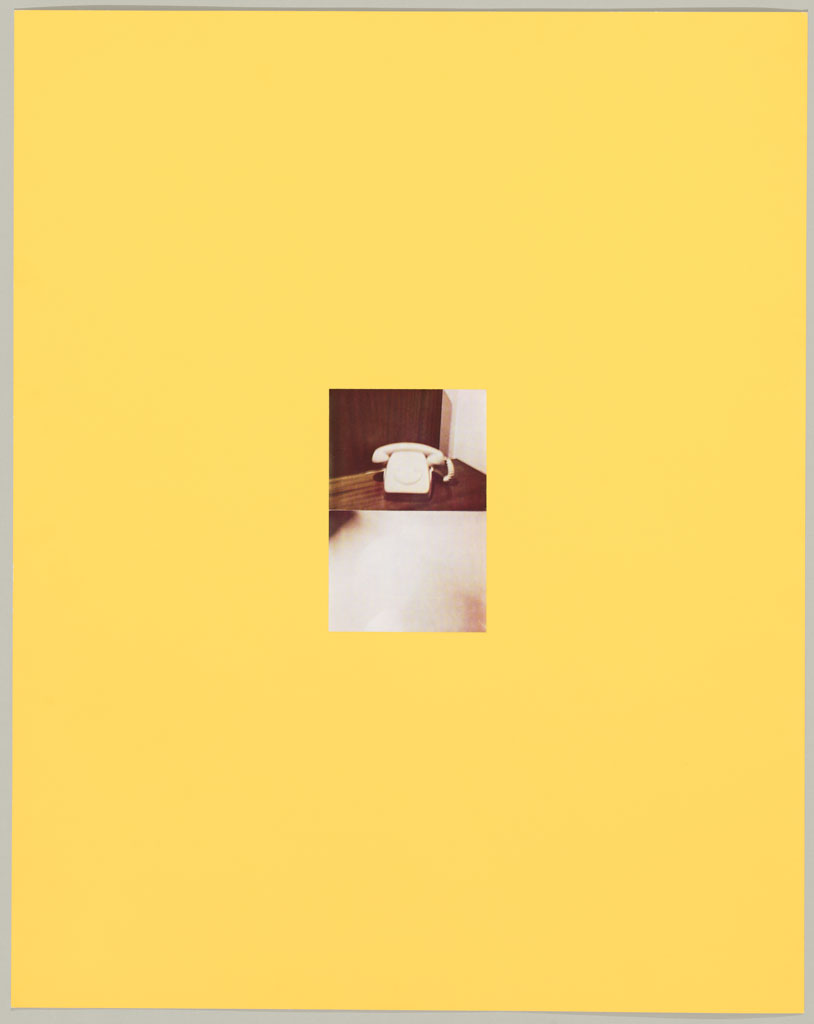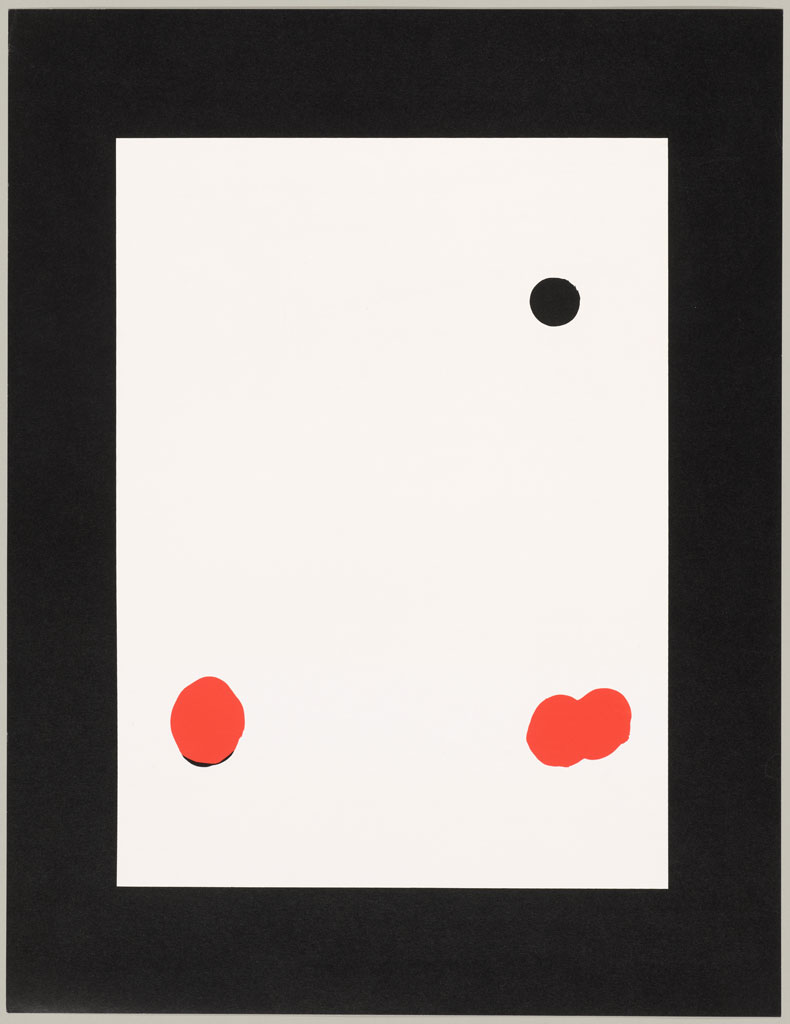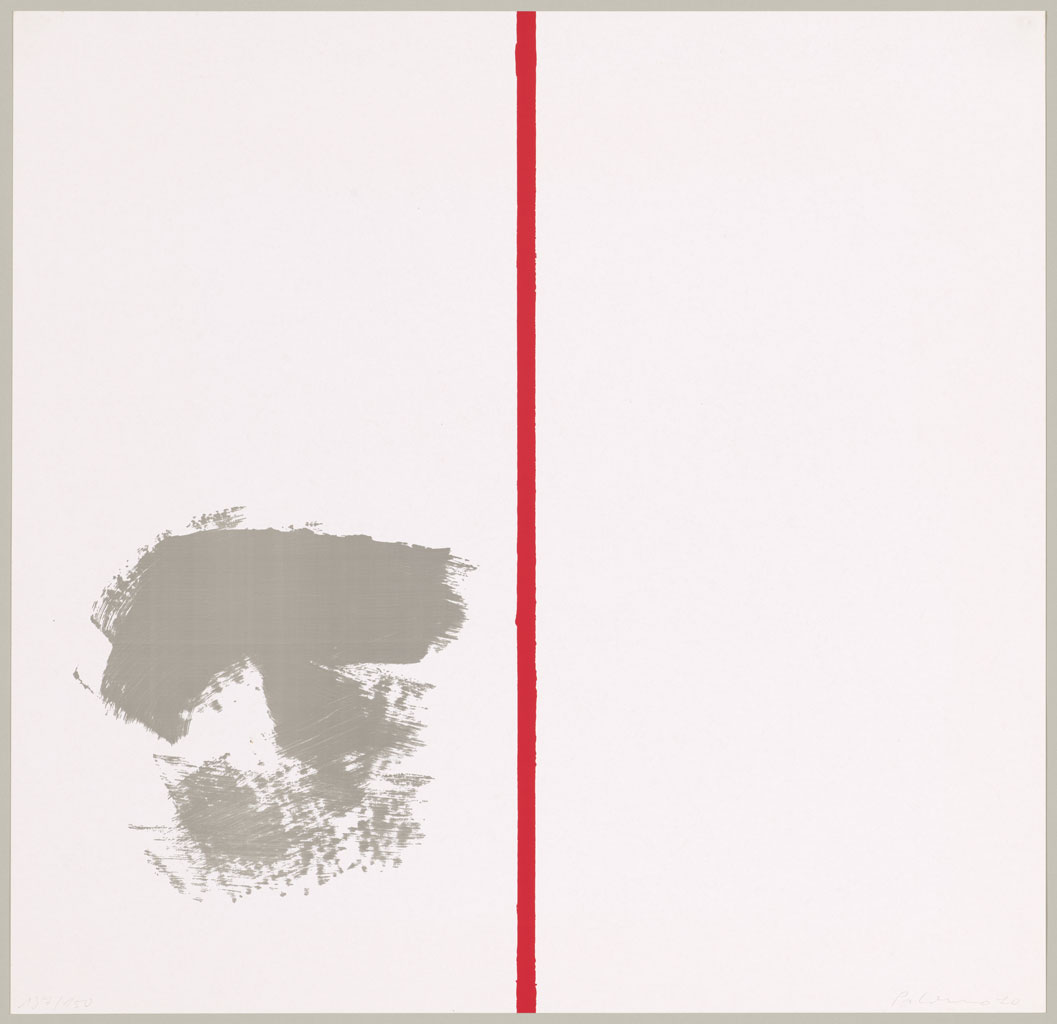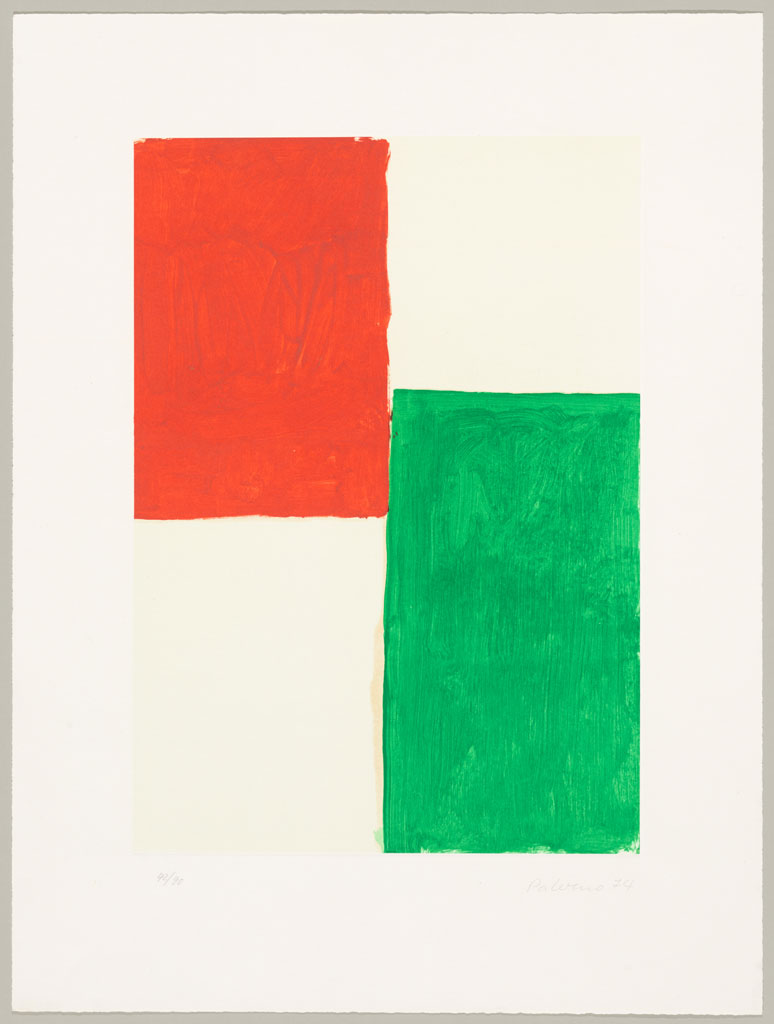ART-PRESENTATION: Blinky Palermo-The Complete Editions
![Blinky Palermo, AUTO, [Car],1972, Five color silkscreen print in pale brown/dark brown/light blue/dark blue/black, and collage on Bristol card, 36 x 58 cm, Edition of 150, Museum Ludwig, Cologne, Ulrich Reininghaus Donation2017/2018, © VG Bild-Kunst, Bonn, 2019, Photo: Rheinisches Bildarchiv, Cologne](http://www.dreamideamachine.com/web/wp-content/uploads/2020/01/0022.jpg) Blinky Palermo has left behind a uniquely influential legacy as an artist, despite the tragically short span of his career. Though it has been linked with distinct 20th Century art practices–which include abstraction, minimalism, and conceptual art, Palermo’s diverse body of work defies easy categorization.
Blinky Palermo has left behind a uniquely influential legacy as an artist, despite the tragically short span of his career. Though it has been linked with distinct 20th Century art practices–which include abstraction, minimalism, and conceptual art, Palermo’s diverse body of work defies easy categorization.
By Efi Michalarou
Photo: Museum Ludwig Archive
Thanks to a donation from the Cologne collector Ulrich Reininghaus, since 2018 the Museum Ludwig has been the only public institution to have a complete collection of Blinky Palermo’s editions. Now this collection is presented for the first time in the exhibition “Blinky Palermo: The Complete Editions-Ulrich Reininghaus Donation”, also included are test prints and single prints, which only exist in very limited editions. In the medium of reproduction, Palermo radicalized two fundamental questions: doubts about image and work, as well as the reflection on industrial form and color implemented in art. The abstract content, the emblematic nature of a concrete form—Palermo’s subject from the very beginning—is even more apparent in print. At the same time, the editions also preserve the real content of the signs, their materiality: what the artist carefully conceived and often worked on by hand during the production process is reproduced. Palermo used the technique of serial production to determine the change in status of art (and this also means his own work) in the age of technology: showing this is the aim of the exhibition.
Blinky Palermo was born Peter Schwarze in Leipzig, Germany in 1943 and was adopted and raised under the name Peter Heisterkamp. He changed his name to Blinky Palermo, adopting the pseudonym from an American boxing promoter and small-time gangster. In the 1960s, he studied under Joseph Beuys at the Kunstakademie Düsseldorf. Under Beuys, he became increasingly interested in the organized spatial relationship between form and color, a polarity which is manifest throughout the rest of his oeuvre. In the mid 1960s, Palermo moved away from conventional rectangular canvases and increasingly opted for surfaces such as the circle, triangle, cruciform, totem pole and even the interior walls of buildings. Between 1964 and 1966, Palermo produced a small series of paintings on canvas in which he experimented with constructivist principles of order. Between late 1966 and 1972 he produced a series of circa 65 “Stoffbilder” (Fabric Paintings), consisting of colored materials of different widths sewn together along horizontal or vertical seams and attached to stretchers. He took the colour and material quality ready-made from department-store fabrics and had them stitched together by others. In 1970, he and Gerhard Richter jointly submitted designs for the sports facilities for the 1972 Olympic Games in Munich. For the front of the arena, they proposed an array of glass windows in 27 colors; each color would appear 50 times, with the distribution determined randomly. Beginning in 1968, Palermo realized more than 20 murals and wall drawings at various sites in Europe, including Edinburgh and Brussels, and recorded them in preparatory sketches and photographic documentation. The original work, however, having been affiliated with their place of installation, no longer exist. He often outlined the shapes of some of the walls in a given room or filled them in with a different color, leaving only a border of the original white. A series of “Metallbilder” (Metal Pictures) followed in 1972, a series of acrylic paintings on steel or aluminium. They follow a consistent formula: groupings of, usually, four panels, fairly widely separated, with each panel bearing a single main acrylic color area bracketed by bands of one other color at the top and the bottom. After visiting New York with Gerhard Richter in 1970, he moved his practice to New York City in December 1973. Once back in Düsseldorf he produced “To the People of New York City” (1976), a 15-part work comprising 39 aluminum panels painted in variations of cadmium red, cadmium yellow, and black (the colors of the West and East German flags). It was shown at the Heiner Friedrich Gallery, New York, in 1977, and at the Dia Art Foundation in 1987.
Info: Curator: Julia Friedrich, Museum Ludwig, Heinrich-Böll-Platz, Cologne, Duration: 18/1-3/5/20, Days & Hours: Tue-Sun 10:00-18:00, www.museum-ludwig.de
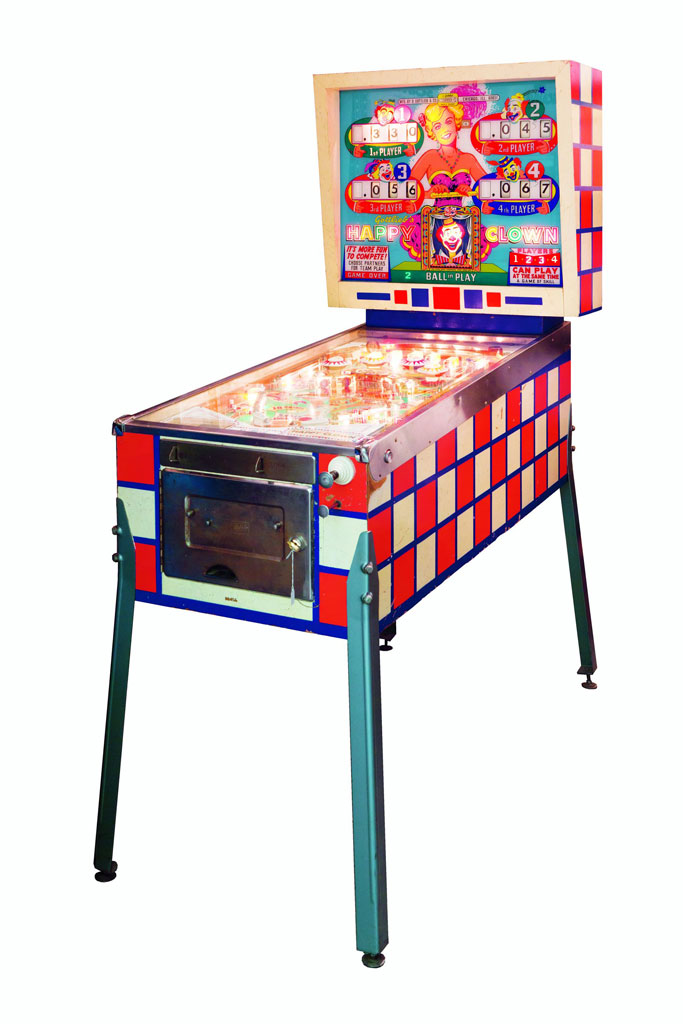
![Blinky Palermo, Flipper, [Pinball], 1970, Two silkscreen prints, two color (white/red) and three color (white/red/blue), as a diptych on offset card, 85,5x66 cm, Museum Ludwig, Cologne,, Ulrich Reininghaus Donation 2017/2018, © VG Bild-Kunst, Bonn, 2019, Photo: Rheinisches Bildarchiv, Cologne](http://www.dreamideamachine.com/web/wp-content/uploads/2020/01/rba_d051397_1.jpg)
![Blinky Palermo, Flipper, [Pinball], 1970, Two silkscreen prints, two color (white/red) and three color (white/red/blue), as a diptych on offset card, 85,5x66 cm, Museum Ludwig, Cologne,, Ulrich Reininghaus Donation 2017/2018, © VG Bild-Kunst, Bonn, 2019, Photo: Rheinisches Bildarchiv, Cologne](http://www.dreamideamachine.com/web/wp-content/uploads/2020/01/rba_d051397_2.jpg)
